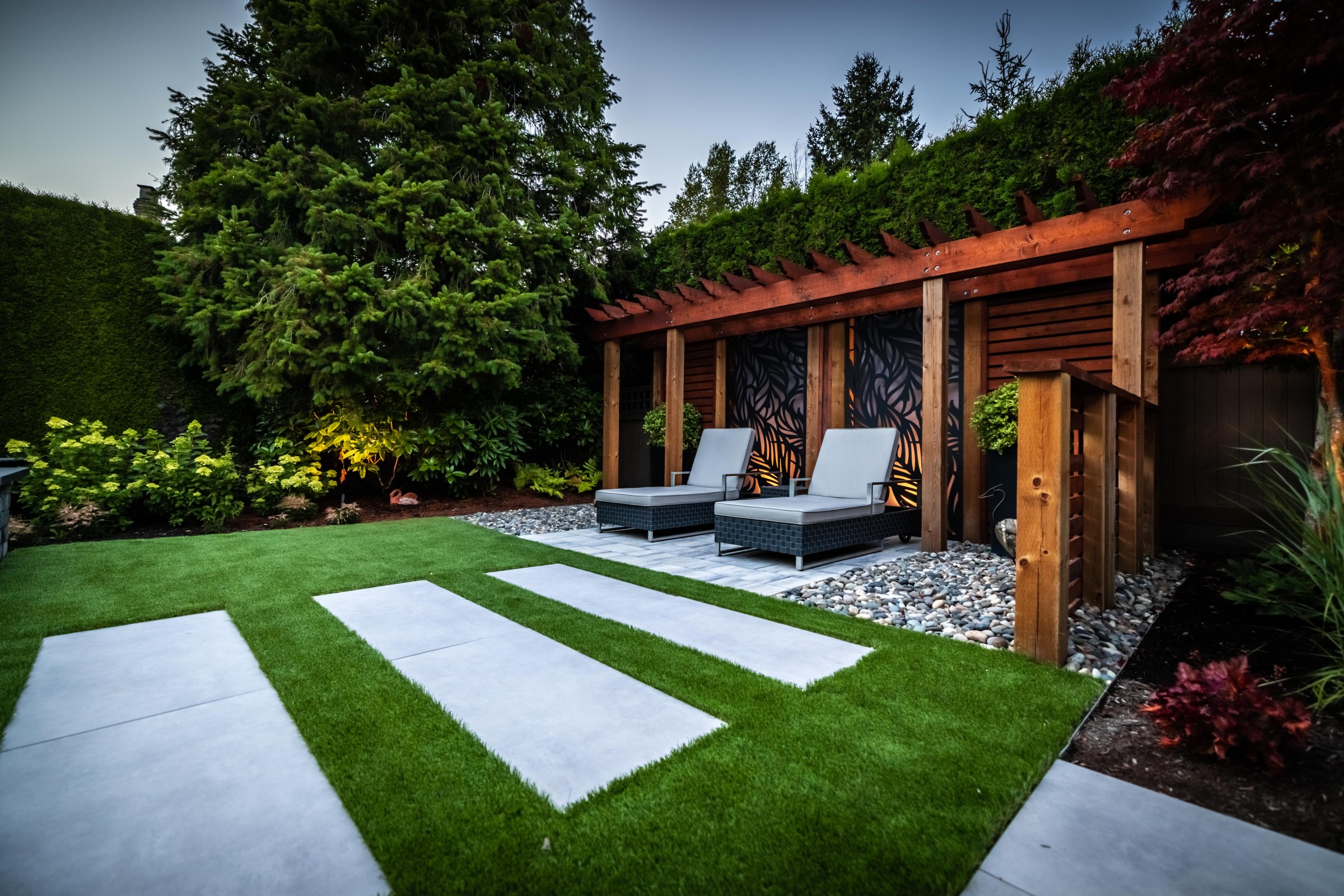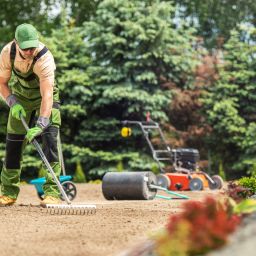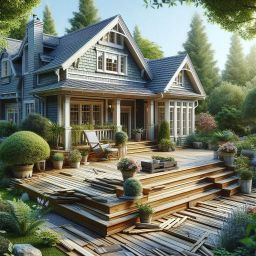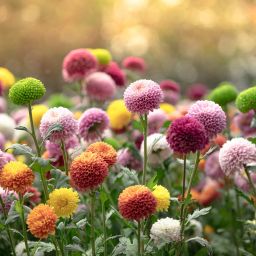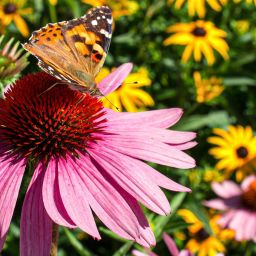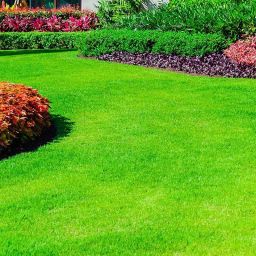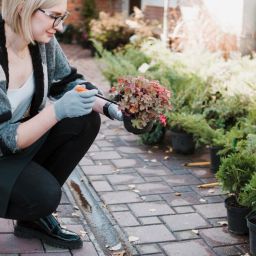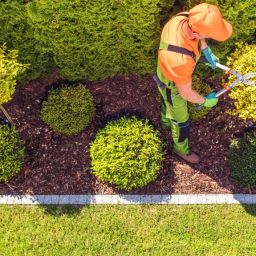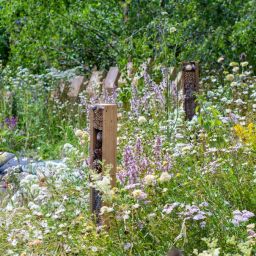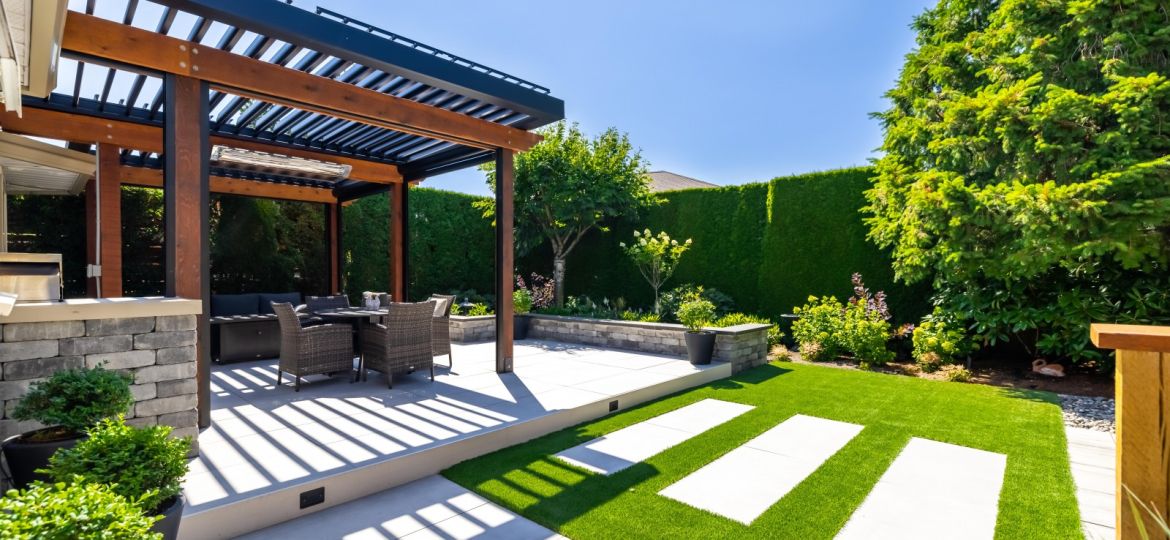
Creating a low maintenance landscape is a goal for many homeowners who want to enjoy a beautiful outdoor space without spending excessive time and effort on upkeep. In Nashville, where the climate and local conditions can present unique challenges, designing a landscape that is both visually appealing and easy to manage requires careful planning. Landscaping Nashville will explore practical strategies, suitable plant choices, and design principles to help you create a low maintenance landscape that thrives in Nashville’s environment.
CONTACT US
Understanding Nashville’s Climate and Soil
Before diving into design tips and plant selections, it’s important to understand the local climate and soil conditions in Nashville. This knowledge will guide your choices and ensure that your landscape is both sustainable and low maintenance.
Nashville’s Climate
Nashville experiences a humid subtropical climate with hot summers and mild winters. The growing season is long, but it also comes with high humidity and occasional heavy rainfall. These conditions can influence plant selection and maintenance needs.
Soil Conditions
Nashville’s soil varies but often includes clay, which can be heavy and prone to drainage issues. Understanding your soil type will help you choose plants that are well-suited to your soil conditions and reduce the need for constant amendments.
Design Principles for a Low Maintenance Landscape
A well-designed landscape reduces the need for frequent upkeep. Here are some key principles to consider:
1. Use Native Plants
Native plants are adapted to local conditions and generally require less water, fertilizer, and maintenance. They are also more resistant to pests and diseases. Some native plants that thrive in Nashville include:
- Black-eyed Susan (Rudbeckia hirta): Bright, cheerful flowers that attract pollinators.
- Coneflower (Echinacea purpurea): Hardy and drought-tolerant.
- Southern Yew (Taxus x media): A versatile evergreen that provides year-round interest.
2. Incorporate Ground Covers
Ground covers are an excellent way to reduce the amount of lawn area, which can be high-maintenance. They help prevent weeds and reduce the need for mowing. Consider these options:
- Creeping Juniper (Juniperus horizontalis): An evergreen that forms a dense mat.
- Periwinkle (Vinca minor): A hardy ground cover with attractive, violet flowers.
- Lamb’s Ear (Stachys byzantina): Known for its soft, silver foliage.
3. Opt for Mulch and Hardscaping
Using mulch and hardscaping elements can significantly reduce maintenance requirements:
- Mulch: Helps retain soil moisture, suppress weeds, and improve soil quality. Organic mulches, like wood chips or bark, are beneficial and add a finished look.
- Hardscaping: Incorporate elements such as gravel paths, stone walls, and patios. These features require minimal maintenance and add structure to your landscape.
4. Design with Water Conservation in Mind
Efficient water use is crucial for a low maintenance landscape. Consider the following:
- Drip Irrigation: A drip irrigation system delivers water directly to plant roots, minimizing waste and reducing manual watering.
- Rain Barrels: Collect rainwater from downspouts to use in your garden, reducing the need for municipal water.
5. Select Low Maintenance Lawn Alternatives
Traditional lawns require frequent mowing, watering, and fertilizing. Consider alternatives that are easier to maintain:
- Creeping Thyme: Forms a low, aromatic mat and is resistant to foot traffic.
- Buffalograss (Bouteloua dactyloides): A drought-tolerant grass that requires less mowing and watering.
Plant Selection for a Low Maintenance Landscape
Choosing the right plants is essential for creating a low maintenance landscape. Here are some tips for selecting plants that will thrive in Nashville:
1. Choose Drought-Tolerant Plants
Drought-tolerant plants require less water and are better suited to withstand dry periods. Some drought-tolerant options include:
- Russian Sage (Perovskia atriplicifolia): Offers beautiful blue flowers and is highly drought-tolerant.
- Autumn Joy Sedum (Sedum ‘Autumn Joy’): A hardy perennial that thrives in sunny locations.
2. Opt for Pest-Resistant Plants
Pest-resistant plants need fewer chemical treatments and are less prone to infestations. Some options include:
- Lavender (Lavandula spp.): Known for its fragrant flowers and resistance to pests.
- Daylilies (Hemerocallis spp.): Hardy and adaptable with few pest problems.
3. Consider Evergreen Plants
Evergreens provide year-round greenery and require less maintenance than deciduous plants. They also serve as a backdrop for seasonal blooms. Consider:
- Boxwood (Buxus spp.): Ideal for creating formal hedges and borders.
- Holly (Ilex spp.): Adds color and structure with its shiny leaves and berries.
Practical Maintenance Tips
Even with a low maintenance landscape, some upkeep is necessary. Here are a few tips to make maintenance easier:
1. Regular Weeding
Weeds compete with your plants for resources. Regularly check for and remove weeds, especially in mulch-covered areas.
2. Pruning and Deadheading
Prune plants to maintain their shape and remove dead or diseased growth. Deadheading flowers encourages more blooms and keeps plants looking tidy.
3. Seasonal Cleanup
Perform seasonal cleanups to remove fallen leaves, dead plants, and other debris. This helps prevent pest problems and maintains the aesthetic appeal of your landscape.
FAQ: Creating a Low Maintenance Landscape in Nashville
1. What are some low maintenance plants for Nashville?
- Black-eyed Susan, Coneflower, and Southern Yew are excellent choices as they thrive in Nashville’s climate and require minimal care.
2. How can I reduce lawn maintenance?
- Consider using creeping thyme or buffalograss as lawn alternatives, or reduce lawn area by incorporating ground covers and hardscaping elements.
3. What is the best way to conserve water in my landscape?
- Install a drip irrigation system and use rain barrels to collect and reuse rainwater.
4. How often should I mulch my garden?
- Apply a fresh layer of mulch annually or as needed to maintain a 2-3 inch depth, which helps with moisture retention and weed suppression.
5. Are there any pest-resistant plants I should consider?
- Lavender and daylilies are known for their pest resistance and low maintenance requirements.
6. What type of soil should I use for my garden in Nashville?
- Use well-draining soil enriched with organic matter. If you have clay soil, consider amending it with compost to improve drainage.
7. How do I handle seasonal cleanup?
- Perform cleanup by removing fallen leaves, dead plants, and debris regularly to prevent pest issues and maintain your garden’s appearance.
8. What are some easy ways to control weeds?
- Apply mulch to suppress weed growth, and hand-pull weeds regularly to prevent them from spreading.
9. How often should I water my low maintenance garden?
- Water based on the needs of your plants and local rainfall. Drought-tolerant plants generally require less frequent watering.
10. Can I use hardscaping to reduce maintenance?
- Yes, incorporating elements like gravel paths, stone walls, and patios reduces the amount of lawn area and overall maintenance.
Conclusion
Creating a low maintenance landscape in Nashville involves understanding local conditions, designing with practicality in mind, and selecting the right plants. By incorporating native species, using ground covers and hardscaping, and implementing water-saving practices, you can enjoy a beautiful outdoor space that requires minimal upkeep. Remember to choose plants suited to Nashville’s climate and soil, and follow practical maintenance tips to keep your landscape looking its best with less effort.
With these strategies, you’ll be able to create a stunning, low maintenance landscape that enhances your home’s curb appeal and allows you to spend more time enjoying your outdoor space rather than maintaining it.

